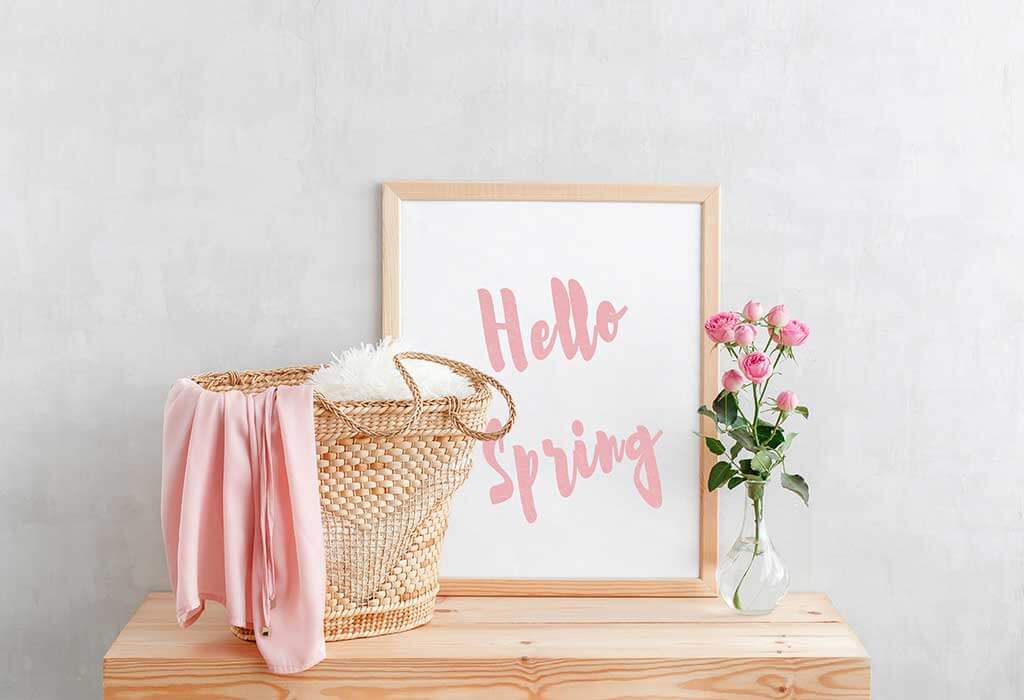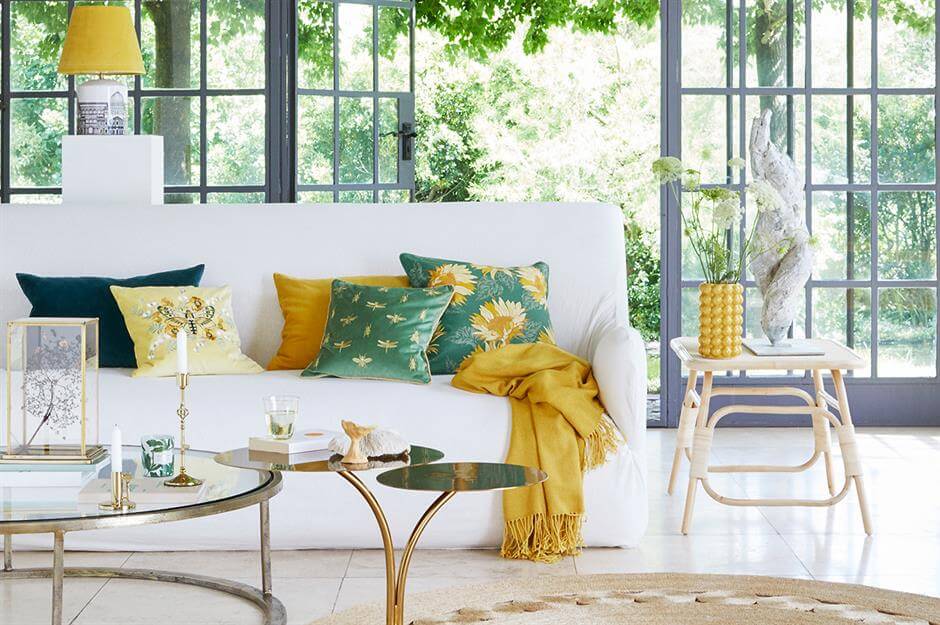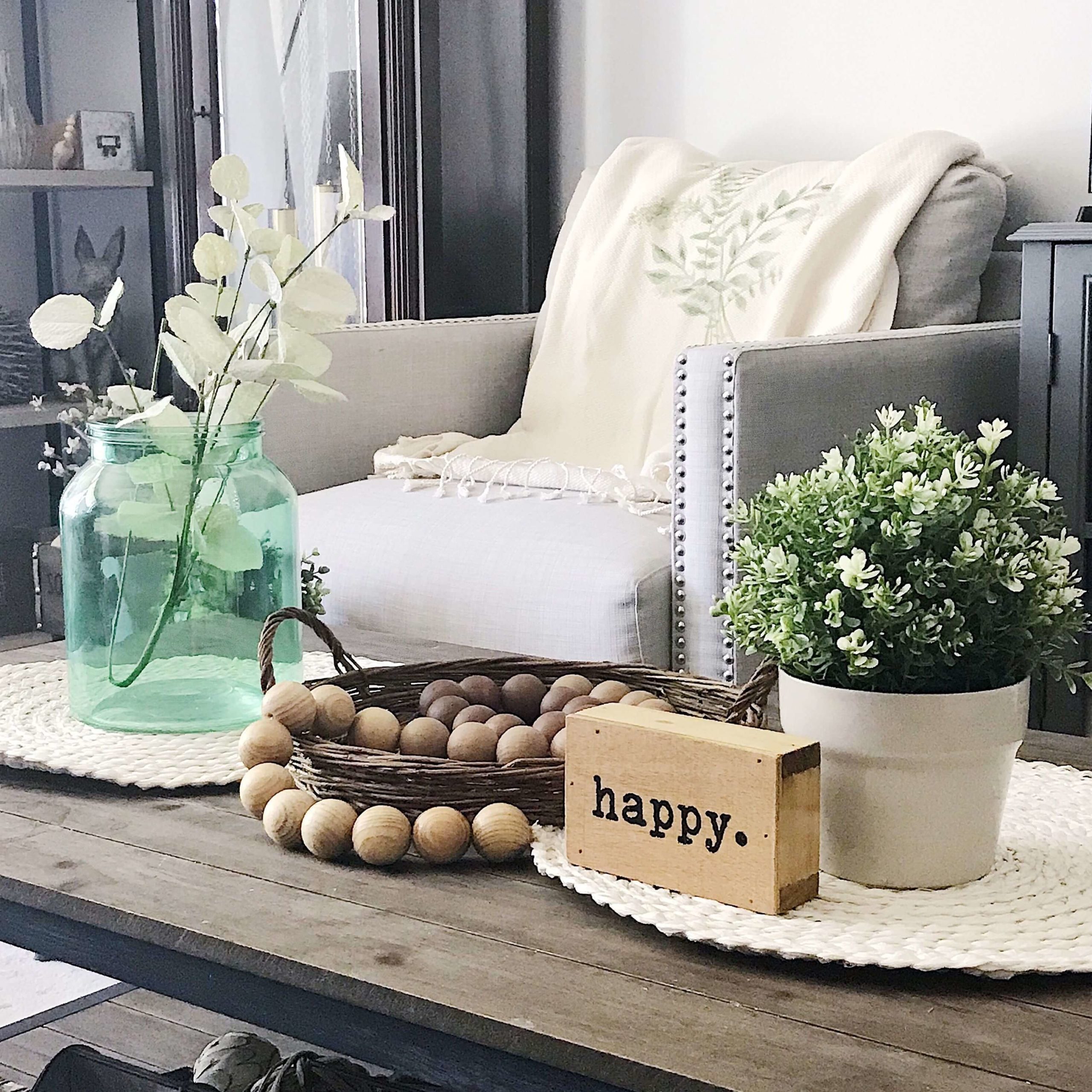Spring has always been synonymous with renewal all over the world, but every year in Quebec, it is particularly awaited. After months of waiting and cold, life resumes at a frantic pace. From the first signs of mild weather, sleeping nature wakes up and we witness the emergence of plants. Even if we experience exceptional temperature variations throughout the year, the almost tropical climate in summer allows us to take advantage of early plant species from the beginning of spring.
With the arrival of the pleasant spring days, it’s time to enjoy the gentle breeze in the external areas of the residence, such as gardens, backyards, balconies and terraces. These spaces are suitable for growing plants and flowers, as well as creating small refuges to disconnect from the world. Yamamura takes advantage of the arrival of the new season to bring inspiration and care when lighting these environments.
It can take a long time for the season to settle in for good and it can be difficult to predict when to pick up the tools to work the soil on your land. While waiting for the last frosts to pass, we suggest tips for decorating your yard in the spring and impressing guests and neighbors. Early species, ornamental pots, Easter decoration, decorating a balcony… Follow these trends to be on top this spring!
1. Make a spring wreath for the front door
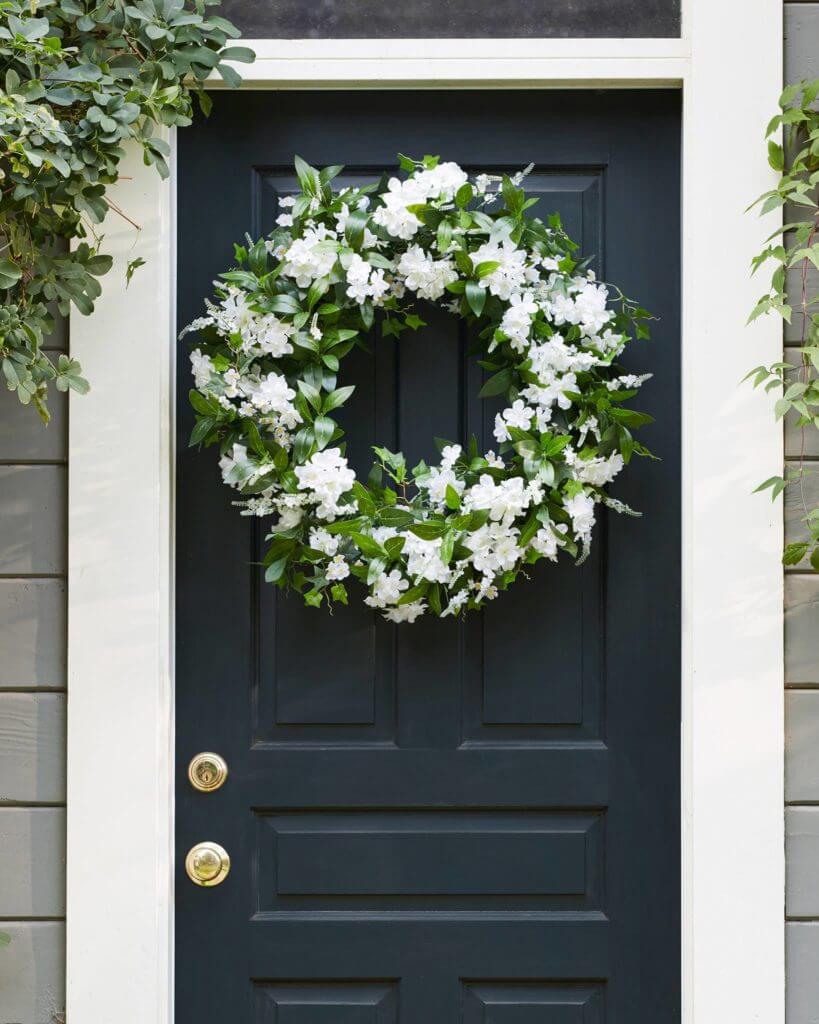
If, a few months ago, ornamental wreaths were associated with the Christmas period, we can’t get enough of them for the rest of the year! We see flowering on the doors of the houses more and more wreaths of autumn and spring. Symbolically marking the change of seasons, they are a great way to welcome your guests.
Wreaths of flowers or succulents
COLOURS: GREEN/WHITE/PINK
To make your outdoor wreaths last longer, you can make them with succulents: succulents will fade less quickly than fresh flowers and shades of green-gray are very trendy in the spring.
You can also make a wreath base out of the greenery and periodically add fresh flowers to it (dark green and white go wonderfully together), they will be more ephemeral but their effect will be very impressive.
Easter wreaths
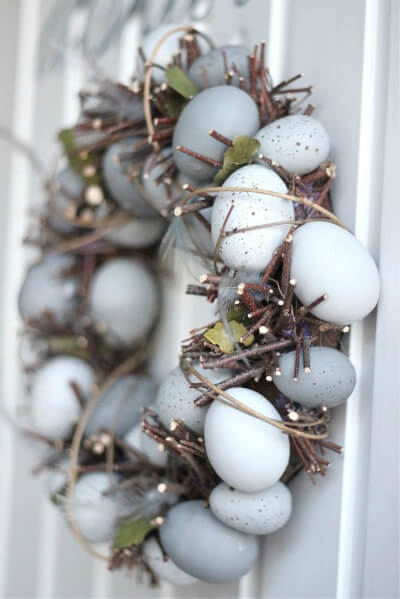
For Easter week, be more creative! There are all kinds of wreaths on this theme:
- wreath of eggs
- country wreath
- crown nest
Let your creativity go! Ask the kids to help you make these festive wreaths!
2. Entertaining for Easter: preparing the ground for the egg hunt
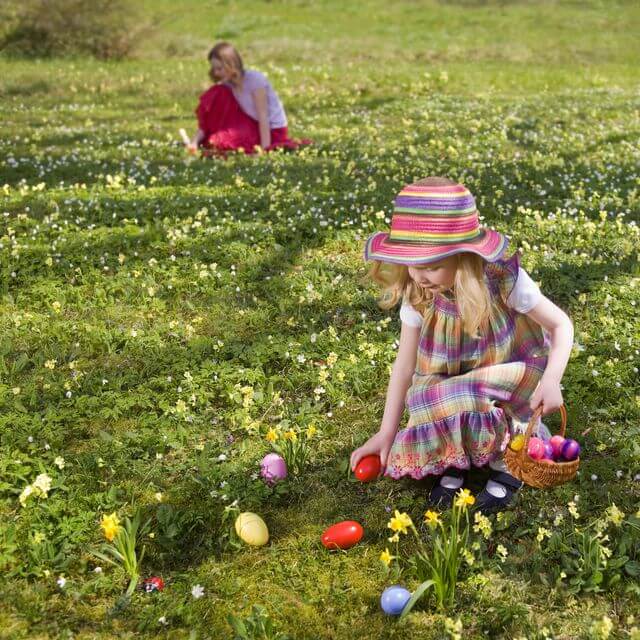
For young and old alike, Easter is a time of gathering that everyone appreciates. However, the good weather is not always there. How to deal with this hazard and receive in style for the Easter feast?
Carry out an egg hunt
The egg hunt for children is extraordinary! Here are some tips for making a success of this year’s edition.
- Don’t hide the eggs too soon. We are never safe from a spring shower or the curiosity of squirrels.
- If the hunt is in a park, always keep an eye on your children and ensure their safety.
- Locate the best hiding places on your property the day before, so you will save time on Easter Day
- In case of bad weather, we go out anyway! Hide the eggs under thick foliage or in watering cans, sheltered from the weather.
- Do not hesitate to hide several small eggs in addition to the traditional rabbits, hens or Easter bells. Kids love, the search part more than the reward itself; So don’t make it too easy for them!
Decorate your porch with Easter colors
To surround your beautiful wreath, decorate your porch with elements that recall the theme of Easter and spring:
- Rabbits
- Eggs
- Pots of daffodils, lilacs or tulips
- Hens and small plant nests
- lanterns
Arrange everything in harmonious colors reminiscent of spring:
- Green
- Yellow
- Pink, purple
- White
3. Create a festive table and impress your guests at Easter
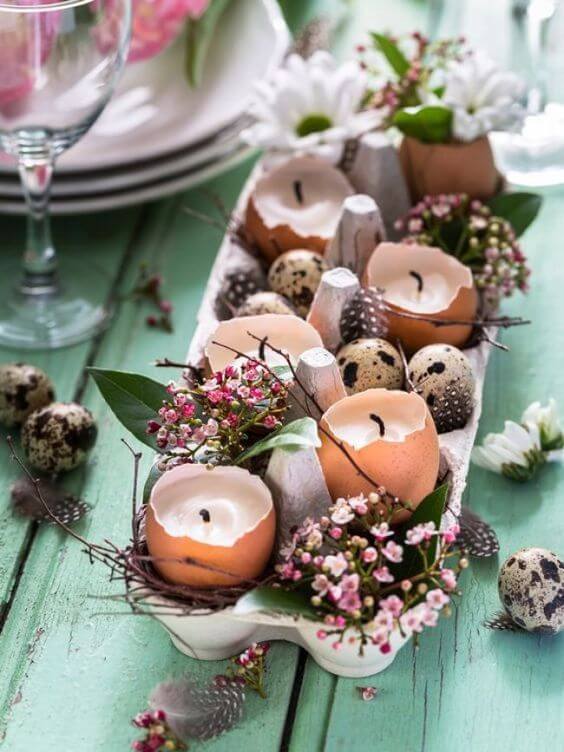
On Easter Day, the weather varies a lot depending on the year: it is possible to find yourself in the middle of winter or really in summer. As this year we will celebrate at the end of April, we can expect the milder weather than in mid-March. Here are some suggestions to make your Easter meal a success!
Organize an Easter picnic
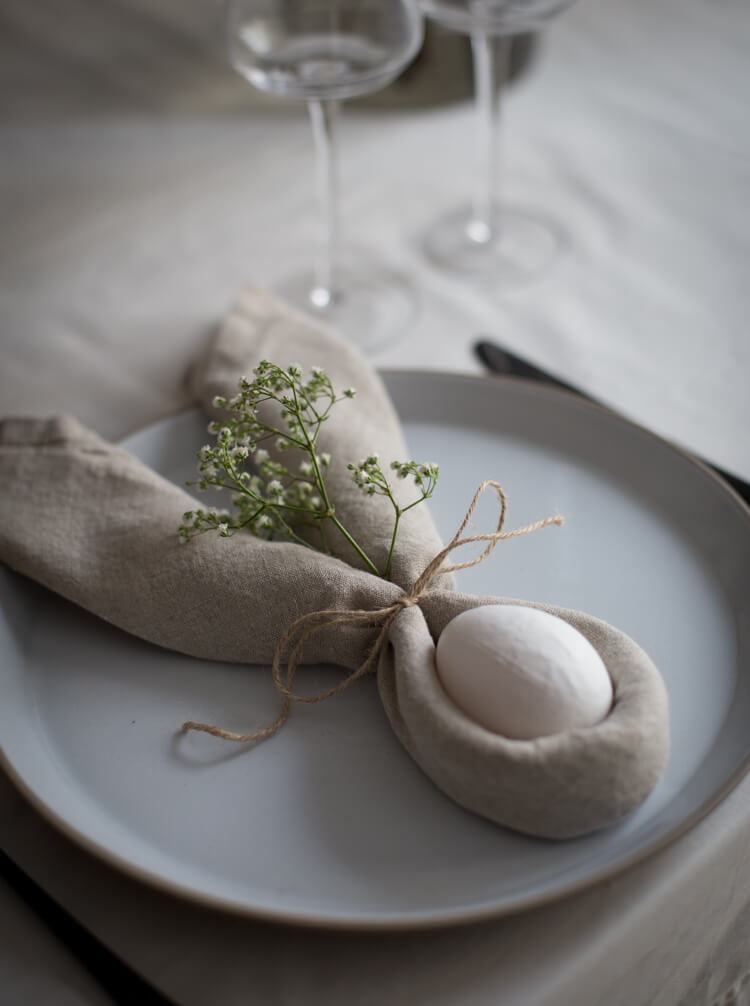
If the weather is nice at the end of April, for a change, think about a picnic! What could be better than a meal outside with the children to kick off the summer season?
- We prepare a less complicated meal (deviled eggs are easy to transport)
- Spread a blanket on the floor
- We sit next to the spring flowers
- We’re enjoying the sun!
If elderly people join the party, be careful not to force them to squat, because at a certain age it is anything but pleasant. The dream of children can become the nightmare of elders.
Present a beautiful table on the terrace
Since the Easter meal is a time of family reunion, we expect to receive many guests of all ages. It’s a great opportunity to set up a superb flowery spring table and impress your guests.
Tablecloth and crockery
Opt for linens and tableware in neutral or pastel tones: white, off-white, gray, beige. The flowers should be featured, not the silverware.
You can fold napkins to look like bunny ears, or slip eggs into little nests of greenery.
Flowers and plants
Flowers are king on spring tables, whether you choose yellow tulips, white daffodils or peonies, they will bring freshness and festivity to your Easter display. In addition to a piece in the center of the table, arrange small flowers or petals around the plates.
Centerpiece
Again, show your creativity: the Easter theme can be exploited from different angles. The central piece can be:
- A beautiful floral arrangement
- A more rustic composition of branches and eggs to which small decorative elements such as rabbits or hens can be added
Let your imagination guide you and the children help you!
4. Colorize your house with floral arrangements
Flower arranging is an art in itself and, like all arts, it is subject to trends. Achieving a balanced composition requires a certain eye. We explore the exterior decoration well, but one of the pleasures of spring is to be able to flower your house easily. Here are some tips for your floral arrangements.
Compose a bouquet
The colors
Spring flowers are numerous: daffodils, tulips, peonies, narcissus, anemones, hyacinths, lilacs… A multicolored bouquet is not desirable, to avoid it several possibilities are available to you:
- Produce a monochrome (gradation of colors of the same shade)
- Use complementary colors
- Make a monochrome bouquet
Textures
You have to fill out your flowers with greenery, present them on a plant bed from which the colors will stand out.
The shape
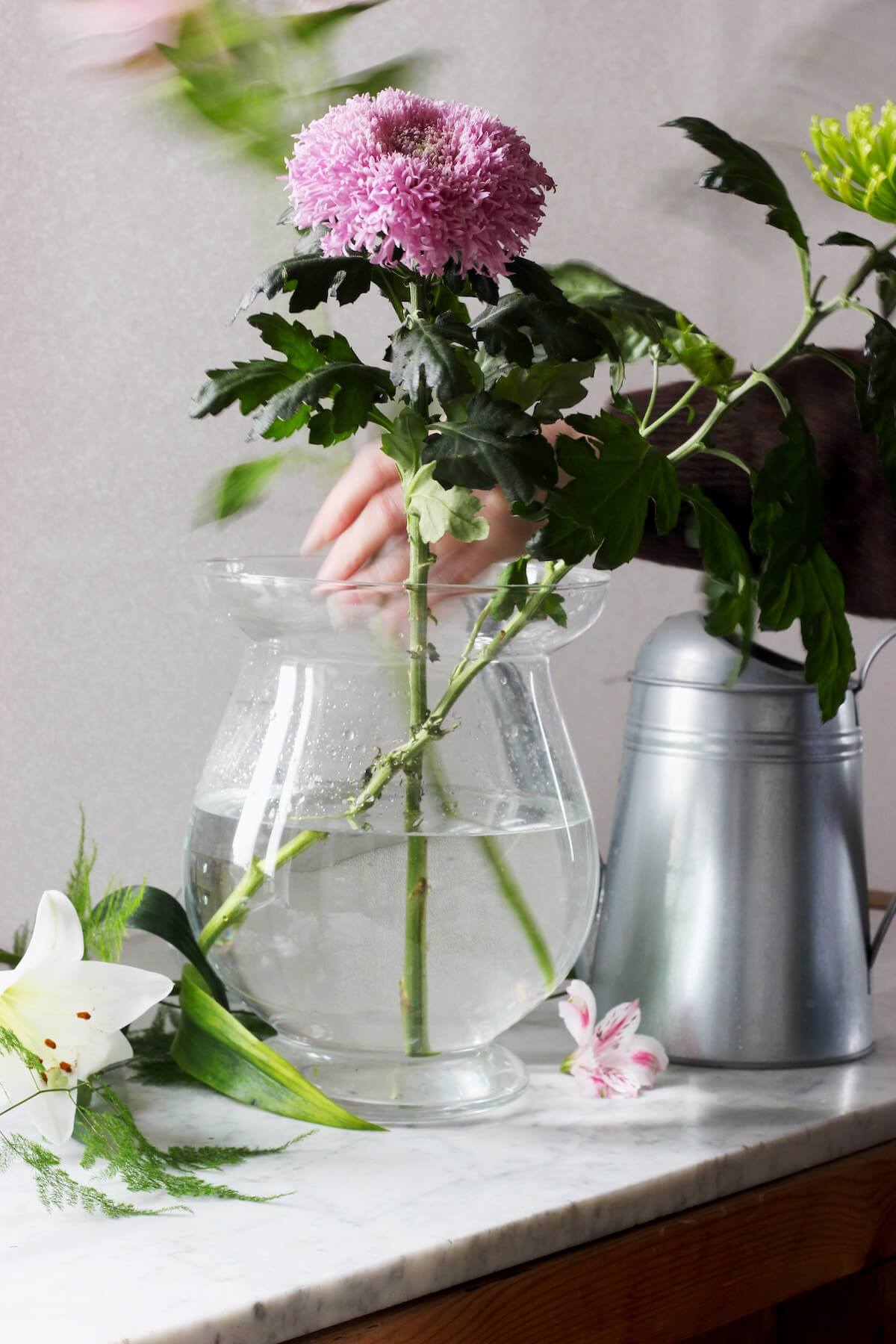
Cut the stems of the flowers in such a way as to give a shape to your bouquet: the flowers in the center will be longer than those at the ends of the bouquet, the greenery shorter.
Once the varieties of flowers and greenery have been chosen, let your imagination run wild!
Flowering indoor plants
Flowering does not only occur outdoors. Here are some houseplants that bloom in the spring or all the time and are easy to care for:
- Cyclamen
- primroses
- Jasmine
- The lily
- lilacs
- Cape Violets
- The impatient
- The azaleas…
We offer landscaping services, make the entrance to your house bloom from the first days of spring!
5. Land Frontage: Create an Early Flower Bed
It’s not the swallows that make spring, but the flowers! Early plants are the first to come out and end the reign of winter. What a pleasure to see the streets and gardens take on color! Do the same at home: cover the front of your yard with flowers and make your neighbors envious! Here are the first plants that bloom in spring.
Bulbs
- Snowdrops
- Crocus
- Wandering
- tulips
- daffodils
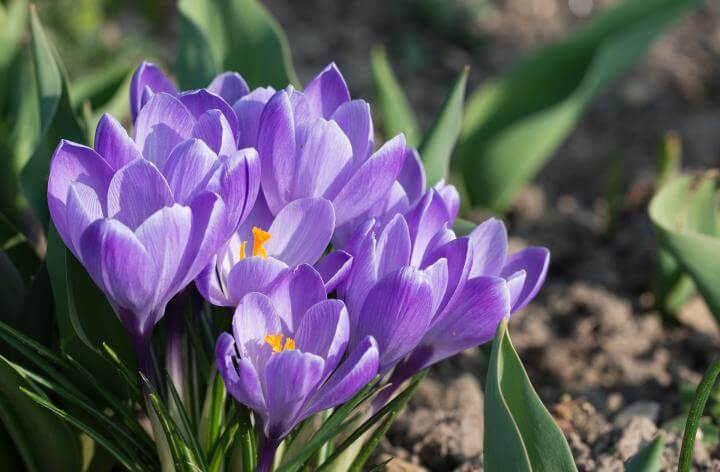
Early flowering perennials
- Arabette
- Basket of Gold
- moss phlox
- Aubrieta
- Doronic
- Pulsating Anemone
Do not hesitate to mix flowers on stems such as tulips with flowers more common on the flower bed such as the arabette.
6. Decorate your balcony in the spring
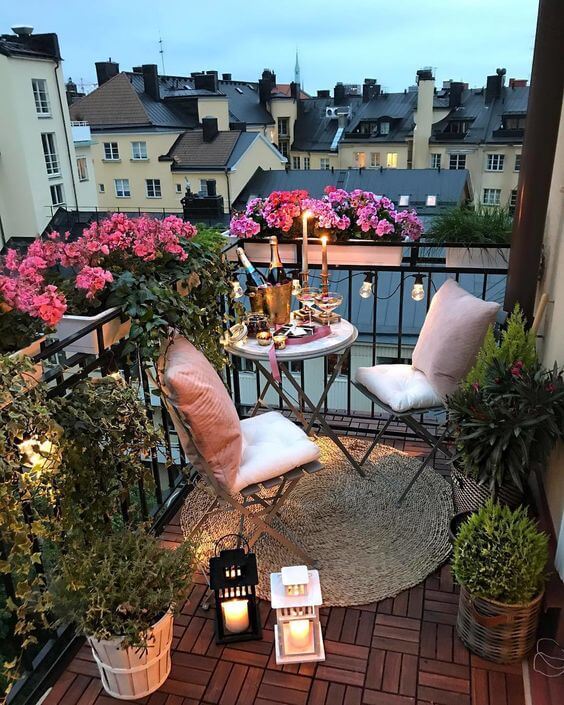
The advantage of having a balcony is that you can enjoy it without waiting for summer! No melting snow, no slush, no mud… As soon as the temperatures rise, you can enjoy spring by decorating your balcony. Create a little paradise to make landowners jealous!
Create an exotic atmosphere
- Gain privacy with plant screens: hanging plants, climbing roses, plant fences… In addition to hiding you from prying eyes, these plants will make your balcony look like a little oasis.
- Flower the space as much as possible: the balcony, often detached from the wall, benefits from good sunshine. Whether in hanging planters or pots, grow spring plants to have access to a mini botanical garden of your own!
Install outdoor furniture
- Choose natural materials: wicker, bamboo, wood, fabric… create a comfortable cocoon in which to relax.
- If your balcony allows it, install a hammock or a hanging chair: it’s perfect for reading or taking a nap!
- Refine your decoration with small outdoor decor elements: lanterns, mini water garden, cushions, etc.
7. Install spring ornamental pots
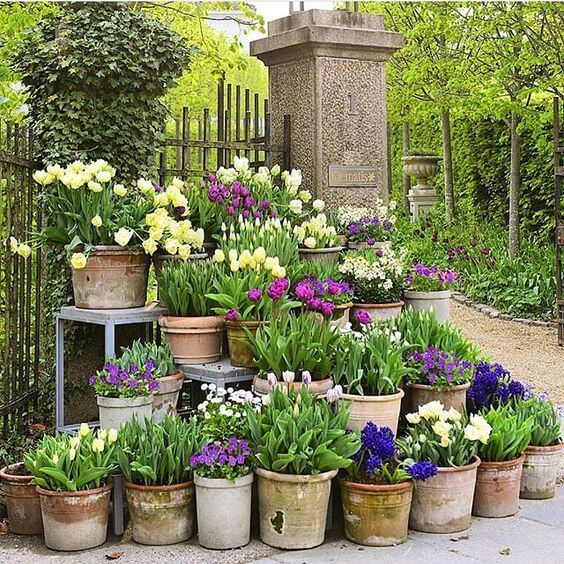
If the days get longer and the temperatures rise in the spring, this is not the time to garden immediately. The soils are waterlogged, compacted and they are still freezing and thawing. While waiting to be able to work the land again, there is a solution to take advantage of the mild temperatures and decorate your land and your house with the colors of spring: ornamental pots.
Spring house entrance
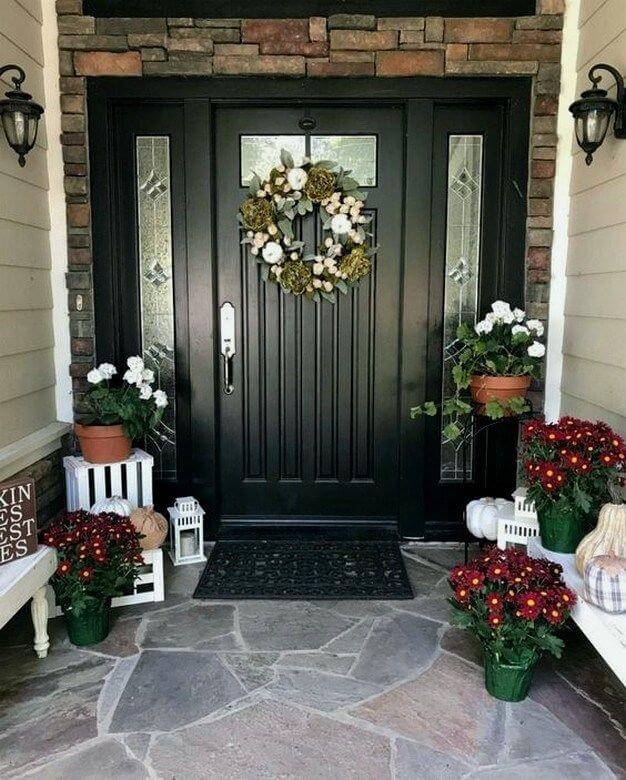
Your porch gives the first impression on your property: install ornamental pots there that respect the style of your house.
- Plush house: You can order or make imposing flower arrangements and install them symmetrically on each side of the front door. The quality of the pots should reflect the style of the house. We will opt for large identical pots in a symmetry reminiscent of French gardens. For plants, choose pastel shades reminiscent of spring: green, purple, pink, white.
- Country: House For a country house, allow yourself a freer style: a series of terracotta pots of different sizes and filled with tulips, daffodils or lilacs. For an English country style, fade the color of your choice in shades on the steps of your porch.
- Townhouse: An alternative to flowers for decorating the entrance to your home is the use of trimmed shrubs. Less imposing than busy flower arrangements, they will bring a lot of class to the entrance of your house or apartment. In a ball, in a twist or in a conical shape, there are all kinds, the main thing is to have two identical ones!
Windows and railings
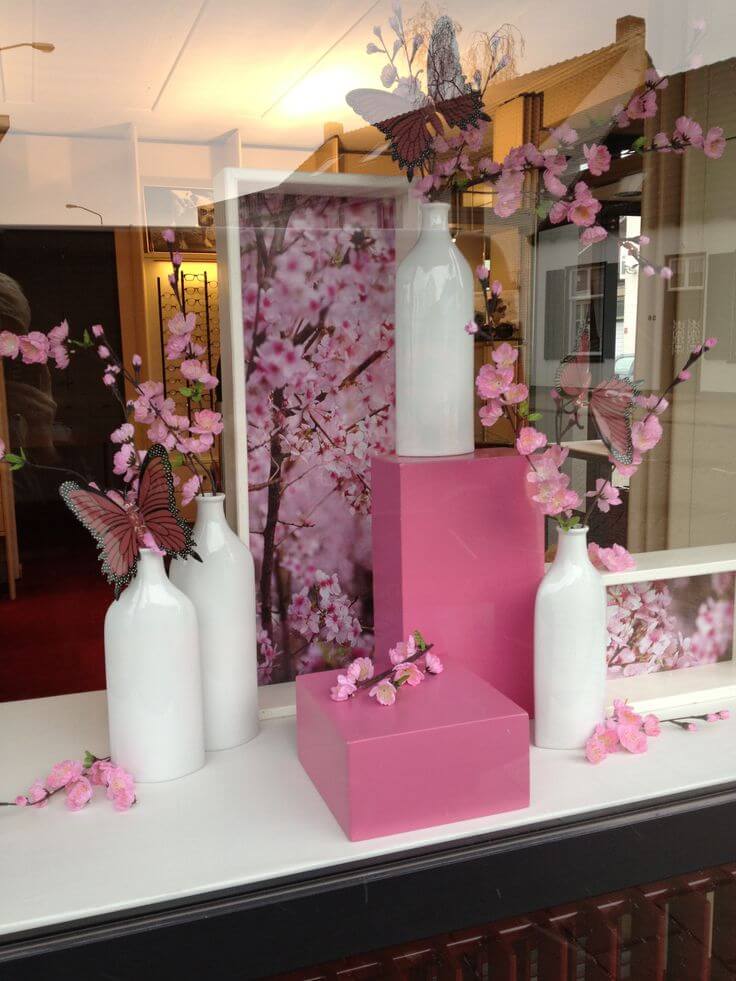
The advantage of ornamental compositions on the windows is that in the spring you can take care of them by staying warm inside even when the weather is bad. Here are some tips for growing your plants on the window sill:
- Avoid plants that are too drooping: you risk benefiting the neighbor below more than yourself.
- Avoid plants with strong growth, otherwise you will deprive the room of natural light.
- Use annuals or biennials alternating varieties to enjoy longer flowering time.
- Matching is good, but make sure you avoid bad combinations. Shade plants and those that need sun, for example, should not be in the same planter.
- Don’t forget safety! Secure your planters and pots so they don’t fall on passers-by’s heads. Also, be careful not to water them at the same time as your plants.
8. Take out houseplants
In winter, many of our plants are confined indoors. If they survive the winter thanks to this protection, they are dormant during this period and it is important to take them out in the spring to give them some sun and fresh air!
Suspend your hanging plants on the terrace
Hanging plants are ideal on the corners of furniture or even suspended from the ceiling to decorate an interior. Do not hesitate to take them out in the spring to enjoy them on your terrace or balcony. Be careful, however, do not take them out too early in the season at the risk of exposing them to the last frosts.
Put your cacti, in the south

Very popular in recent years in interior decoration, cacti and succulents have filled our home. Winter is not successful for them and their growth is very limited during this season. Take them out and expose them facing south: they will decorate your entrances or your terrace wonderfully.
9. Illuminate your land to enjoy the spring evenings
Installing outdoor lighting will invite you to take advantage of the first mild evenings. Whether it’s for a barbecue or simply to relax after a day’s work, it doesn’t take much to make your land or your backyard an enchanting corner.
The garlands of lights
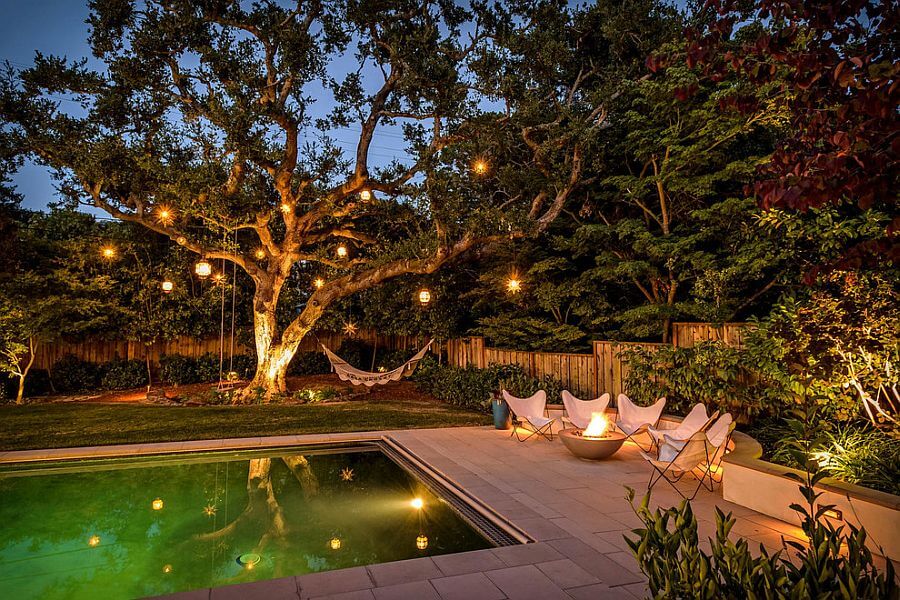
Nothing better than a garland of light bulbs to give a festive look to the garden.
- Pay attention that the garlands are intended for outdoor use.
- If you like the orange hue of tungsten bulbs, LEDs are often available in this hue and they consume less power.
The lanterns
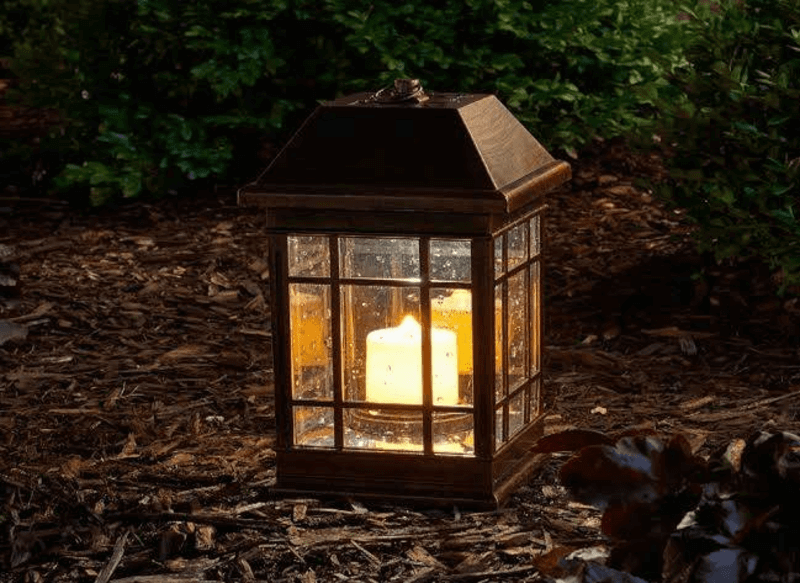
Lanterns always bring a lot of romance to a backyard or grounds.
- The large wrought iron and glass lanterns will bring a luxurious touch to your terrace.
- Collect Mason jars to turn them into candle lanterns to produce a festive look.
- If you have a swimming pool, floating lanterns will transform the mood of your evening.
Redesigns your land with landscape lighting. Make the most of your summer evenings!
10. Lighting parts for Outdoor Areas
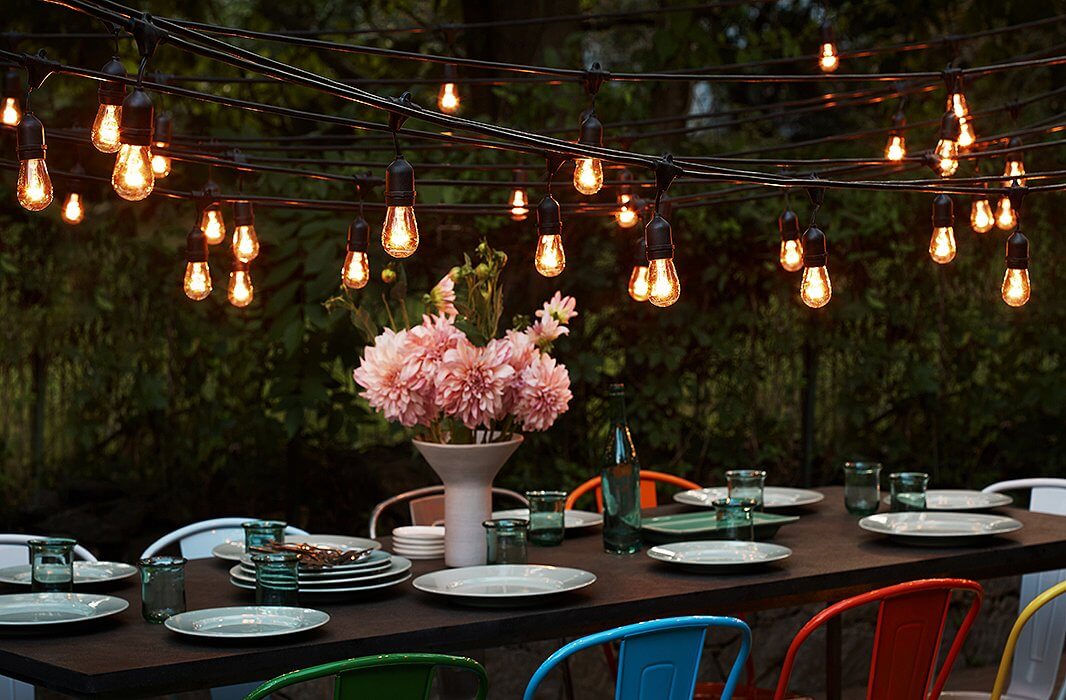
Among the most recommended pieces are the beacon, the floor inlay, the projector, the skewer, the light cord, the sconce and the pole. They are available in different formats, effects and intensities. Beacons and ground recesses are used to illuminate paths and, consequently, contribute to safety. The skewers and projectors can enhance the beauty of the vegetation.
The light strings give an intimate touch to the space, while the sconces and LED strips bring unique effects that explore light as a complement to the architectural project. Finally, poles and projectors, in addition to being great for vast lawns, also illuminate trees and palm trees. Pendants and ceiling lights can be used, as long as they have a specification for an outdoor area (check the technical sheet).
11. Indications for each environment:
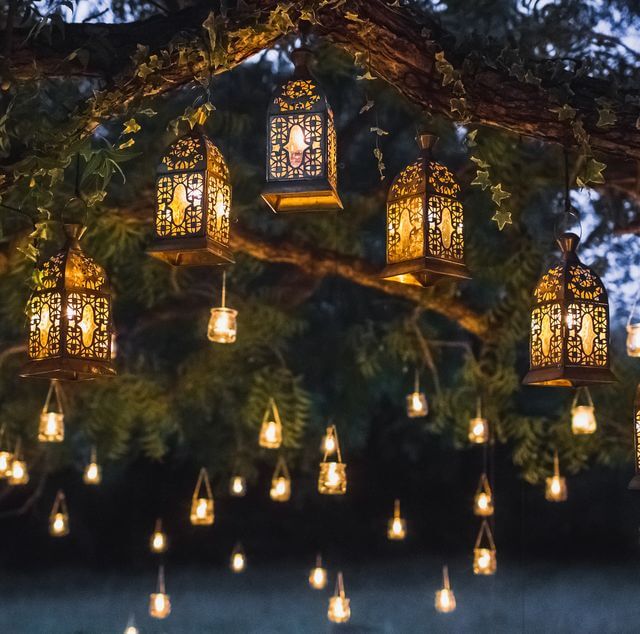
For gardens, some interesting options are skewered, projectors, built-in soil, beacons, as well as poles. Already, to light up smaller backyards, the recommendation is for skewers and soil embedded. In the case of covered balconies, beacons, sconces and pendants are good options, in balconies without covers and terraces, these same types of products must have in their specification, the protection index (IP) indicated in uncovered areas.
In the case of larger areas, such as lawns, for example, the beacons and posts are excellent. For large places, such as fields with trees, especially large ones, projectors with higher light intensity are recommended. When talking about recommended intensity, this will vary according to the size of the vegetation and the size of the space. As for the effects of the pieces, they can have a closed, open focus, or even a linear effect, which brings a light and harmonic air.
12. Color temperature
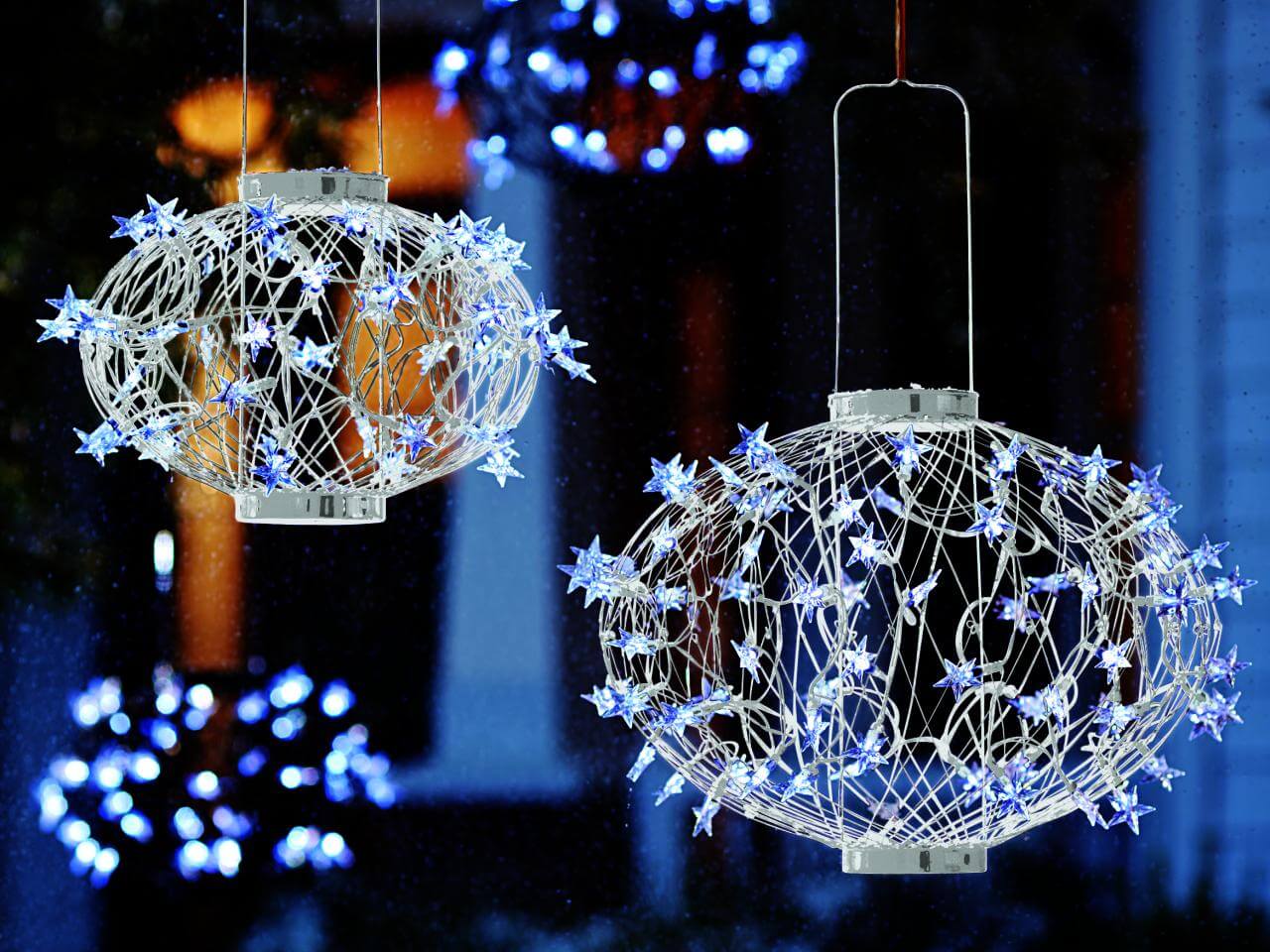
For the close lighting of plants and vegetation, both for external and internal areas, the warm white color temperature (2700K to 3000K) is a good choice, due to the more yellowish tone, so that the space receives a more cozy air. Another option is neutral white (up to 4000K), a temperature very close to natural lighting. It is recommended to keep a reasonable distance between plants and lighting pieces, always considering the area to be illuminated, the focus and the light effect.
13. Protection Index
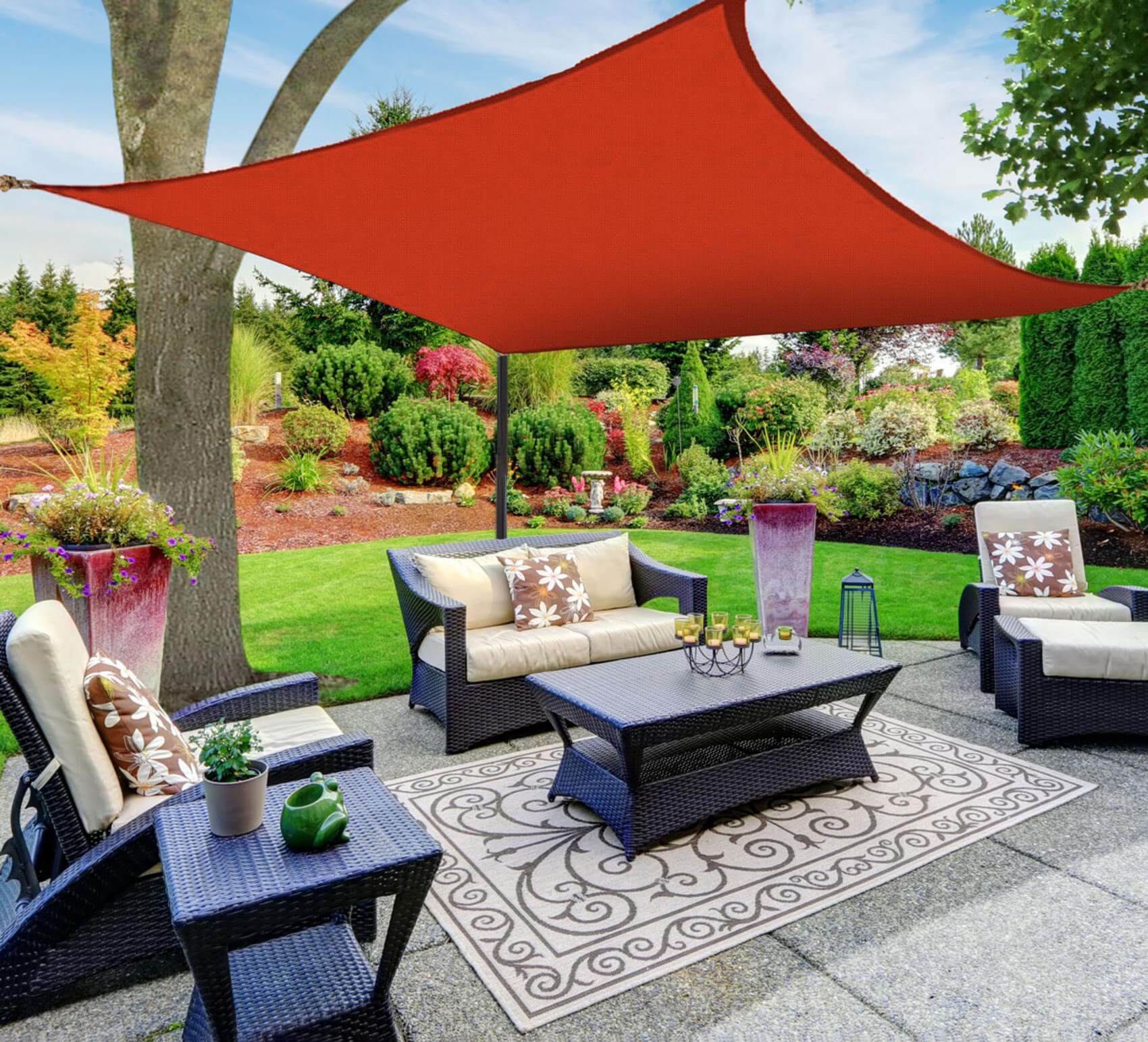
As these are areas that are more vulnerable to the weather, it is worth investing in pieces with a degree of protection above IP65, which guarantees greater resistance to rain, sun and other phenomena. Therefore, when the product has IP65, it means that it is resistant to dust and water splashes, while those that have IP67 have resistance to dust and the temporary immersion of the product in water. So be sure to check out all the technical information of the product.
14. Appreciation of Landscaping
It is very important to unify lighting and landscaping in external areas. There are a number of lighting techniques for vegetation that can be applied to enhance spaces even more, in which light can be positioned in different directions, creating different effects.
Light in landscaping does not necessarily require that the lighting falls on the vegetation completely, but one should seek to enhance the parts that deserve to be highlighted. So, first think about what you want for your green corner and then apply the recommended techniques. Uplighting, for example, is when the light comes from the bottom up. This method consists of distributing light points at ground level (using inlays, skewers and/or reflectors), directing them towards the treetops. In Downlighting, the opposite happens, from top to bottom. It is ideal for those looking for a more natural effect using poles and reflectors installed at a level above the vegetation. There is also, among other solutions, Backlighting, with the aim of enhancing the silhouette of taller vegetation, such as trees and palm trees. in it,
15. And for plants indoors?
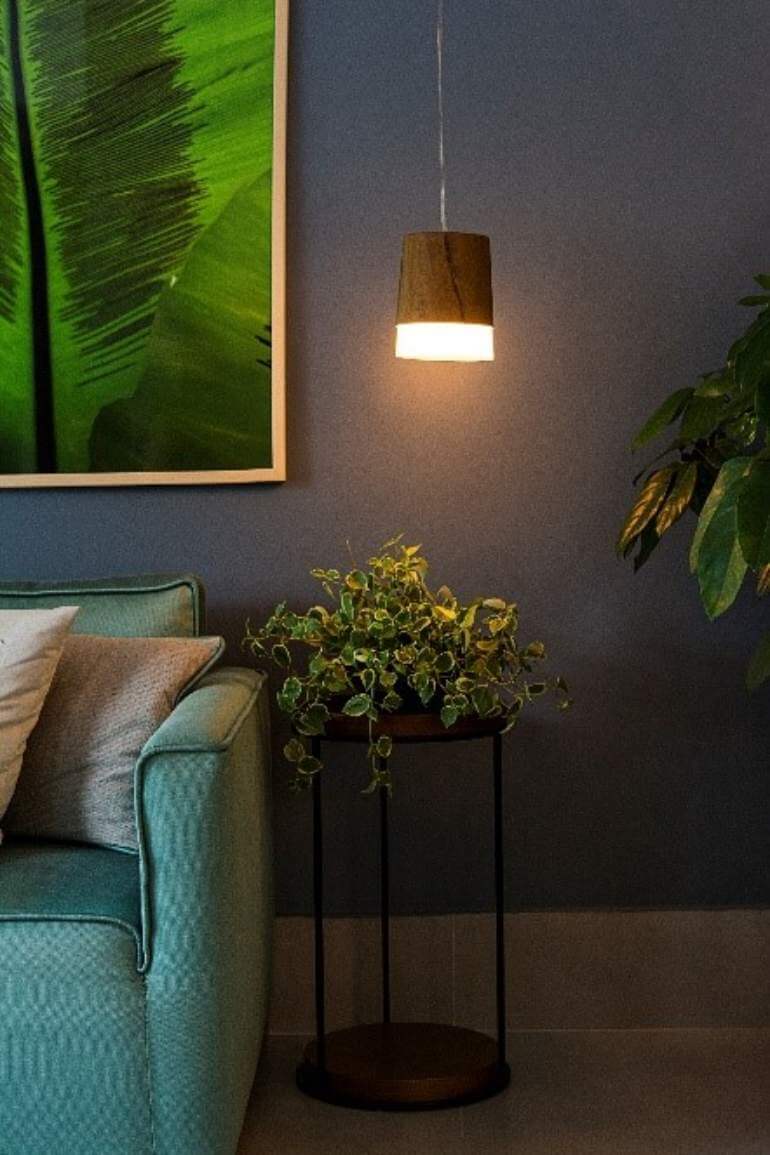
As spring also happens inside homes, it is essential to take care of the lighting that is close to the species. In this way, during the day, leave the plants closer to windows or open areas, so that they grow healthy, as long as the particularities of water and light of each are respected.
For the night, when we talk about artificial lights, LED technology is a great ally, because in addition to being more economical and sustainable, it does not emit heat, which does not allow petals and leaves to be burned with the light beams.
Spring has come! And along with the most flowery season of the year comes the possibility of coloring the balconies and backyards with lots of nature! It is worth remembering that there are few environments that allow atypical and flexible decorations such as balconies and backyards.
Even more so at a time of year when several species of plants bloom and nature is – even more – exorbitant, presenting us with lots of green, flowers and colors.
This setting definitely contributes to creating a cozy corner in the backyard to relax and celebrate with friends and family.
16. Backyard decoration
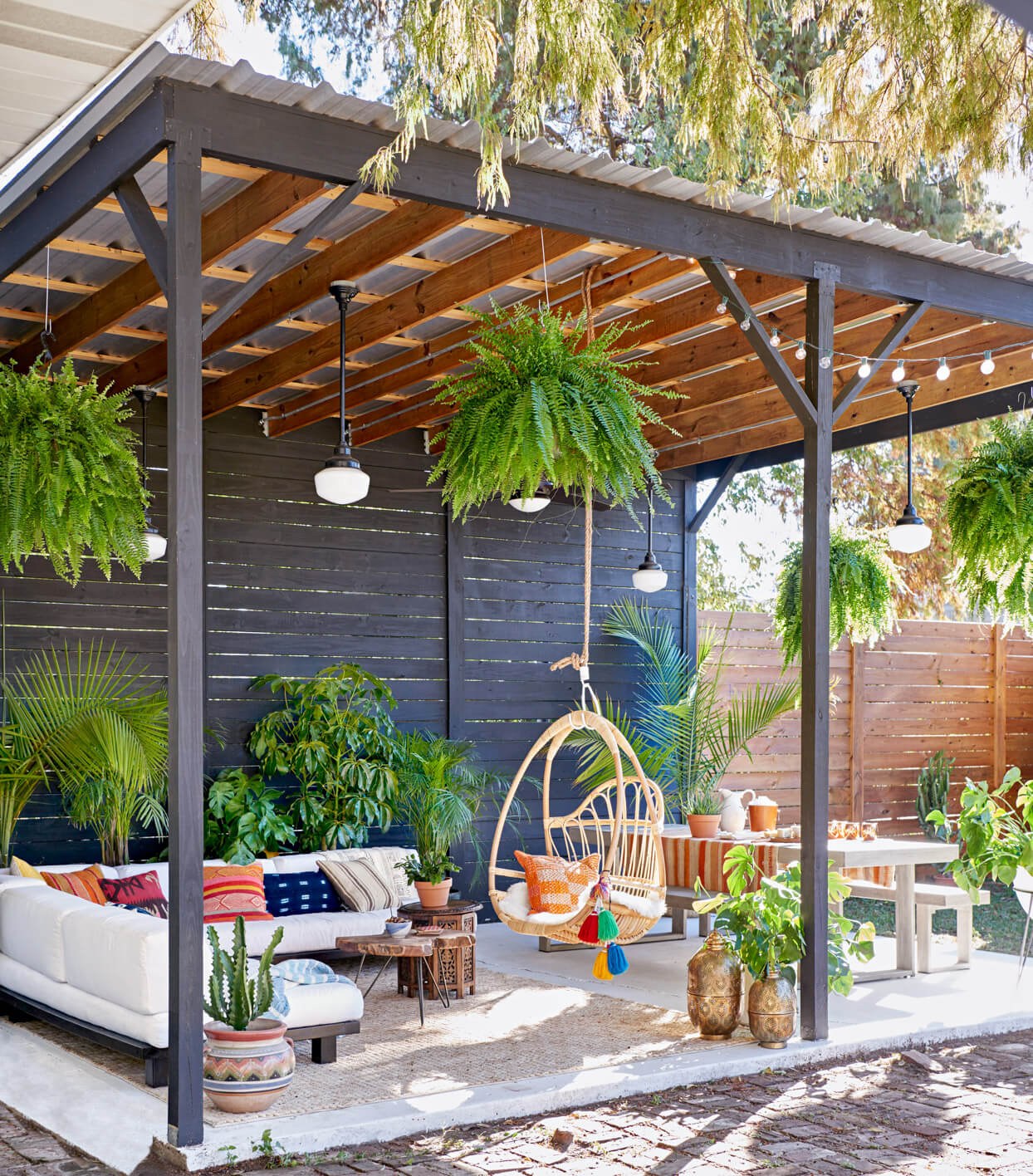
Decorate your porch or backyard! Bring the green indoors. Consider investing in different species of plants and make your home more beautiful and fragrant. Discover the most popular flowers in spring:
– Sunflower;
– Pink;
– Night’s Lady;
– Orchid;
– Daisy;
– Jasmine;
– Hydrangea;
– Violet;
– Chrysanthemum;
Spring is not the season for flowers by accident. If you prefer, you can choose other species, such as alamanda, freesia, daffodil. At this point it is worth remembering that plants help to purify the environment and make the place more relaxing.
To complete the decor, spread, wooden furniture and comfortable pillows around the place. Your backyard or balcony will inevitably be colorful and super inviting.
Bring the green indoors
There are countless ways to decorate with plants, and obviously, it all depends on your taste and creativity. However, the A+D team has separated some special tips to help your backyard or balcony decoration:
17. Prefer bright places
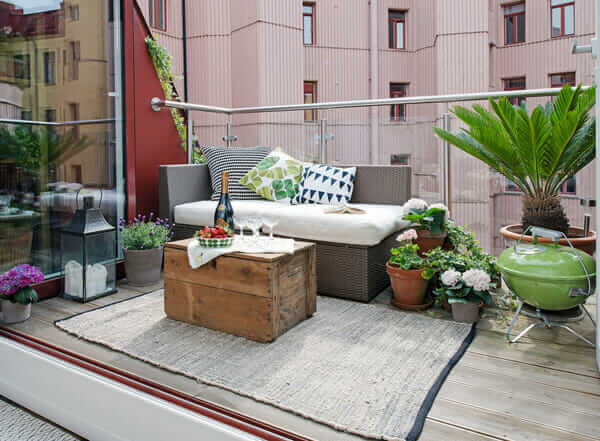
One of the main tips for those who want to decorate the backyard is to notice the places with the most lighting so that the plants make the most of natural light.
18. Switch parts locations
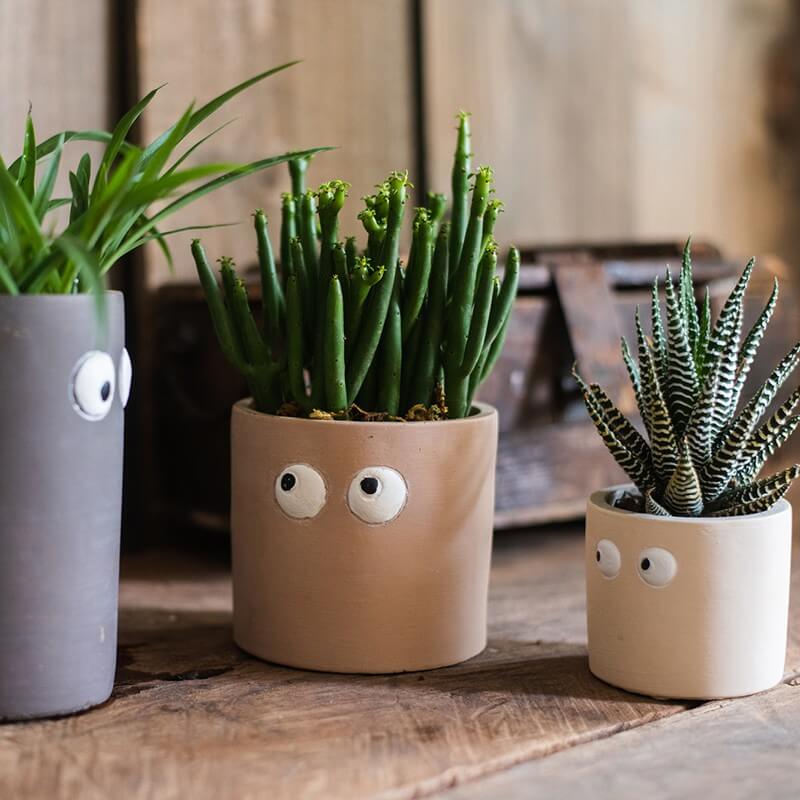
If your yard has a wall nearby, take advantage of this situation. Distribute vases on the floor and occupy the walls with shelves or countertops. If you prefer, distribute metal supports (or other material) capable of receiving vines.
19. Vertical gardens
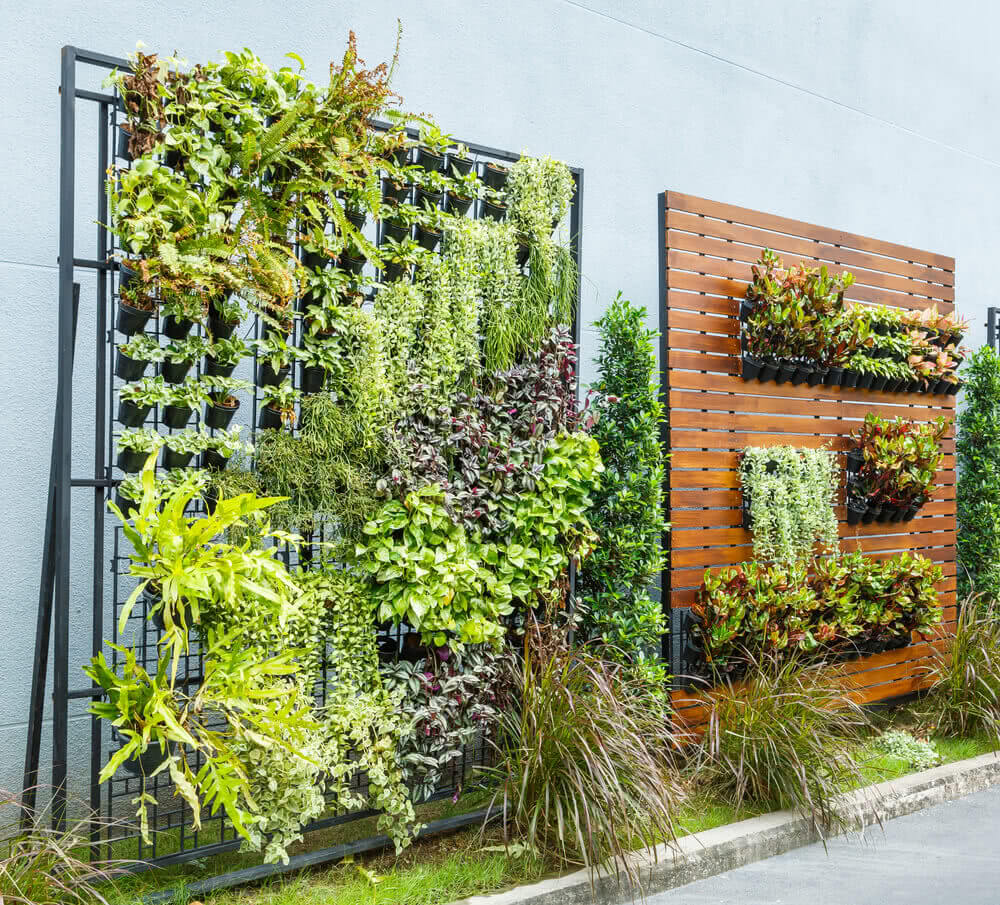
The vertical garden is versatile. In addition to being beautiful, it can be adapted to any space, large or small. It is worth remembering that it is possible to combine the vertical garden with the vases, innovating in the external decoration.
20. Grow herbs
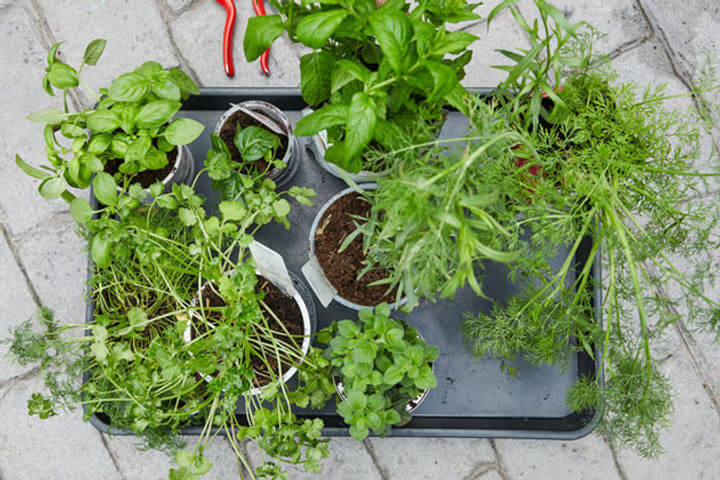
Aromatic herbs, in addition to perfuming with a unique aroma and giving a special touch to food, can also bloom the environment. Parsley, for example, has a yellow flower that stands out when it contrasts with the green of its leaves.
Investing in the decoration of the backyard, porch or your outdoor area is always a great idea. It is possible to use each piece of floor to accommodate a vase (or several). Let your creativity flow! After all, this can change both the look of your home and the well-being of the residents!
Wait a little longer! Spring is not so far away! You now have ideas for honoring spring on your property. You will be the envy of many next season!
